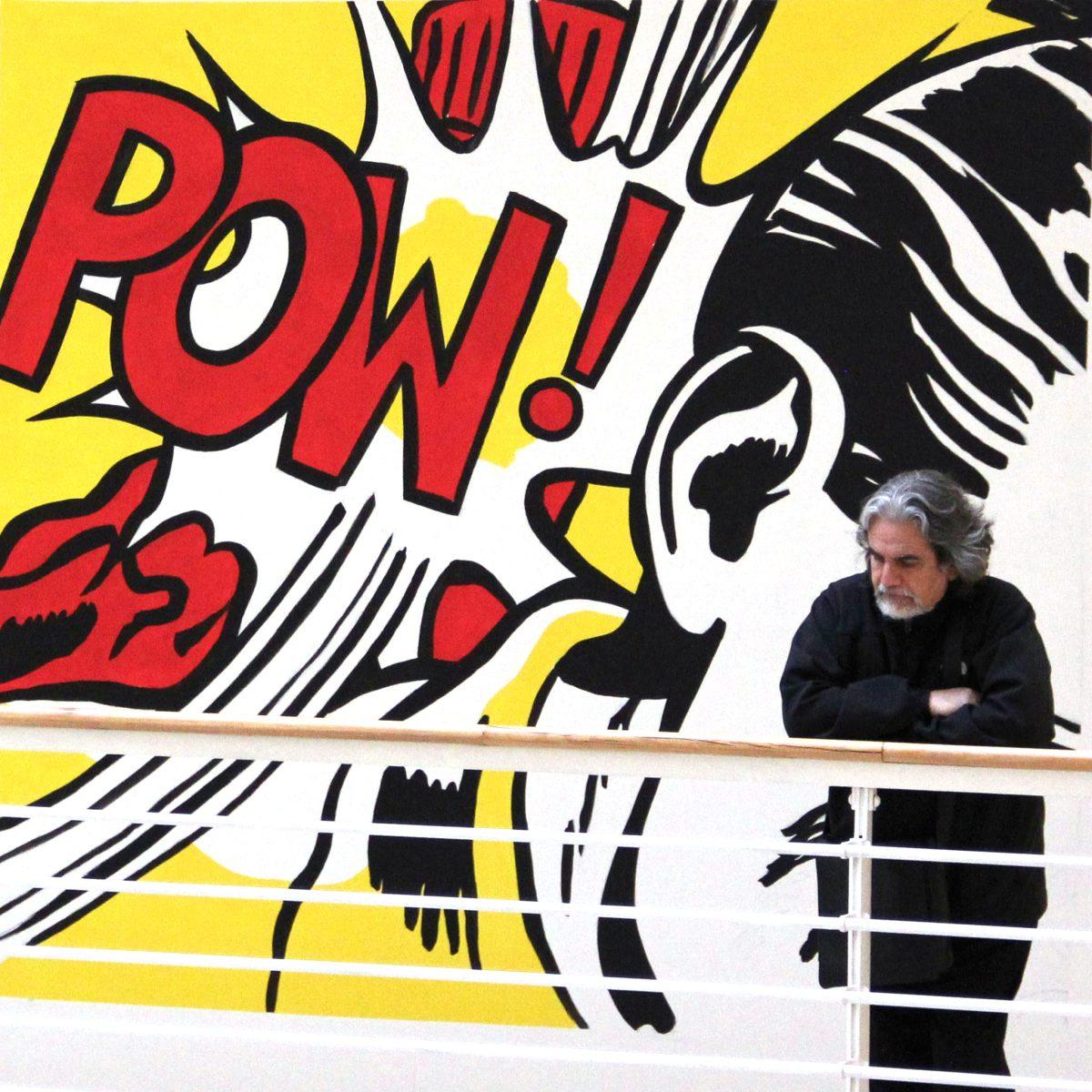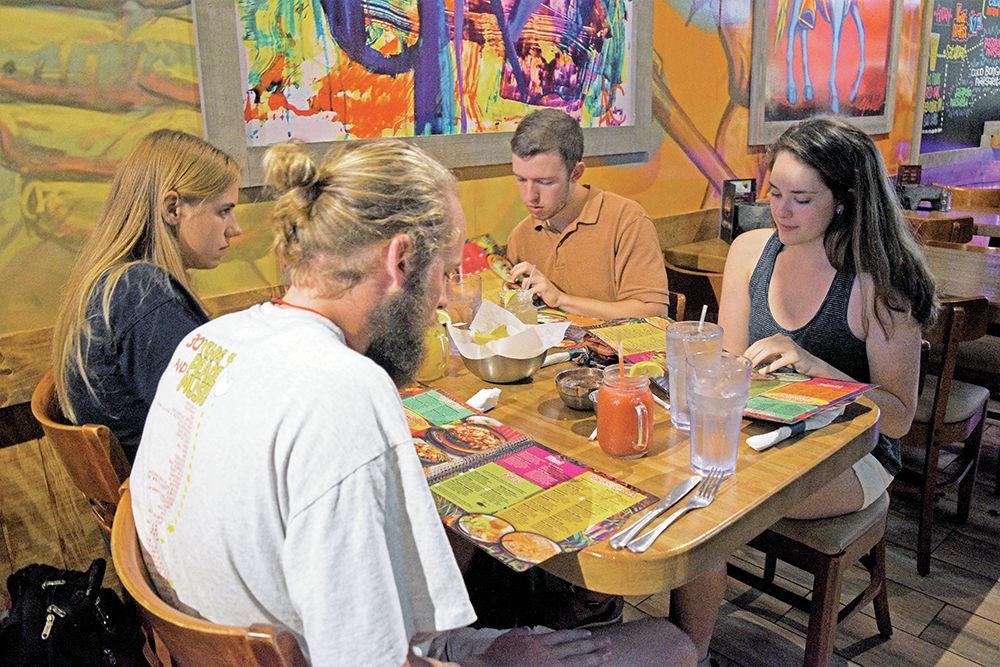Professor Hernán Marchant’s office is no different than his work — a spectacle. In the window, a rotating crystal emits a hazy rainbow throughout the space. Eccentric art pieces make for a vibrant space, each possessing a different tale from his travels.
Originally from Chile, Marchant attended the Universidad de Chile at the age of 15. Not knowing what to study, he started out in philosophy. He and his friends had a love of drawing, so he tried out architecture and found his true passion. At the same university, he held an administrative position for seven years and mentored and taught architecture for 20 years.
“It’s funny, I didn’t like philosophy because I’d have to teach,” Marchant said. “Architecture seemed like a cool thing, and I fell in love with it.”
Marchant, a professor of art and design,* said he believes the right combination of practicing, researching and teaching amounts to a happy professor.
“There are some people who have been teaching their whole life, but if they only practice, they lose the passion,” Marchant said.
Moreover, Marchant appreciates having free time and how his students keep him young.
“You have to be updated in your way of thinking and constantly evolve,” Marchant said. “I like to deliver.”
For decades, the works of French modernist Le Corbusier has influenced Marchant’s way of thinking. While researching for his Ph.D. in art history of modern and contemporary architecture at the University La Sorbonne in Paris during 2001–2002, he received a grant that allowed him to live in the deceased designer’s apartment.
With the opportunity to live in the apartment of Le Corbusier one month a year during 2003-2005, for a total of three months, Marchant immersed himself in the space where the artist once roamed. No longer funded, Marchant was one of the few who had the distinctive opportunity.
“I was feeling very strange at the beginning,” Marchant said. “The building was cracking a lot, but that was because of the weird structure. I didn’t see any spirits.”
As of late, the apartment-studio is accessible via appointment. Marchant, however, was able to understand Le Corbusier on a more personal level. For instance, the late artist prevented vertigo with a high balcony. To accommodate, Le Corbusier tilted his bed downward in order to have a view. Much of his furniture withstood the test of time, including a chair prototype built in 1925, according to Marchant.
“He died [in 1965], which was a while ago, but it still felt like he was living there because there were so many things that belonged to him,” Marchant said. “It’s a weird thing to experience; it was like living inside of a museum.”
Additionally, Marchant translated his work from French to Spanish and holds several publications on the modernist. One translation includes Le Poeme de L’Angle Droit, while he also studied the evolution of design of two iconic Le Corbusier projects: Villa Savoye in France and the Carpenter Arts Center in Cambridge.
Fascinated by Paris, Marchant lived there for 14 years.
“At first, I went to Paris with a friend of mine for six months, and when I left, I decided that I wanted to live in the city,” Marchant said. “I still go back to visit once or twice a year.”
Marchant said Paris’s best attribute is its museums.
“There are museums for everything; if you’re interested in any idea that you have and are obsessed by it, you’ll find a museum for it,” Marchant said. “There are buildings there that are like museums in themselves.”
In Chile, Marchant served as in the architectural partnership Arriagada & Marchant, designing and building more than 1 million square feet of multistory buildings. He has also been awarded first prizes in four architectural competitions. Although he lost one particular Chilean competition, his design was modified slightly and built in Cerro Paranal. The building was featured in the James Bond film “Quantum of Solace,” according to Marchant.
Locally, he designed the floor in the Allred Gallery in Kamphoefner Hall. Donated by the Dan Allen Company, the terrazzo flooring encompasses the methodologies of Le Corbusier. The colors and pattern were inspired by the Modular, a theory of scale based on human proportions.
According to Kathleen Rieder, assistant professor of Art and Design, Marchant brings diversity to the College of Design. As one of Marchant’s colleagues, she also said he is curious and funny.
“He brings diversity in thought, identity, values and culture,” Rieder said. “He exudes passion about Art and Design and teaching, and students are in his hierarchy.”
Marchant stresses to students to utilize the study abroad services while they are at NC State.
“You have to see the world,” Marchant said. “You know, traveling is a virus of sorts. You take it and can’t get away from it.”
* The Technician originally incorrectly reported that Hernán Marchant was the associate dean at NC State’s College of Design due to a mistake in the NCSU campus directory.













